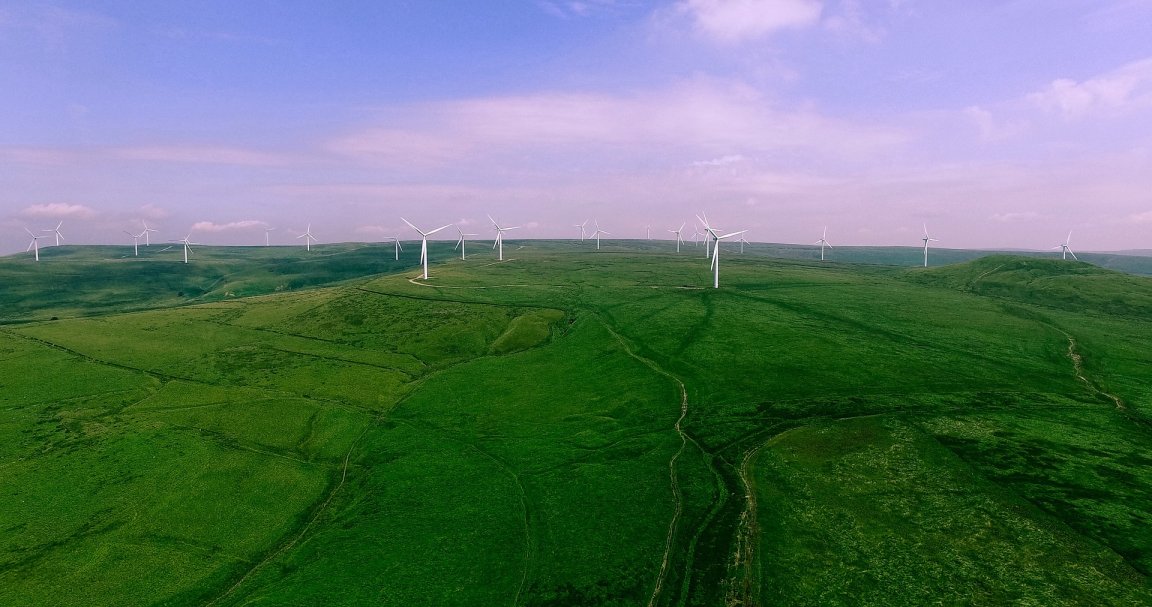
The Power of Wind
According to the Global Wind Energy Council (GWEC), there were over 341,000 wind turbines in operation around the world by the end of 2016. That number is sure to have increased in the months since, and is likely to continue growing over time, but it goes a long way to prove the world is slowly moving away from fossil fuels and trying to address climate change.
Understanding how wind turbines generate power is relatively easy, and CNBC’s Sustainable Energy breaks it down to three steps:
- The wind begins to blow.
- The wind turbines’ blades spin around a rotor connected to a main shaft.
- The shaft rotates a generator to create electricity, which can be used immediately, or stored away for future use.

Knowing how a wind turbine works, however, is one thing; knowing how it impacts the environment is another matter entirely. It’s better for us overall, but what, specifically, has alternative energy done?
Looking back at 2016 again, the GWEC states wind power helped the planet avoid over 637 million tonnes of CO2 (Carbon dioxide) emissions. CO2, of course, is one of the biggest contributors to global warming.
Creating Jobs and Eliminating Emissions
“Wind energy doesn’t require a fuel source…once we’re built we don’t need to mine for anything and we don’t need to burn fossil fuels which, as we know, are contributing to climate change,” said Emma Pinchbeck, executive director of RenewableUK, to CNBC. Pinchbeck also explains that wind turbines, while expensive to construct, pay themselves off within their first year of operation.
In the future, the U.S. Department of Energy (DOE) believes wind energy will be supporting over 600,000 jobs by 2050, in addition to preventing over 12.3 gigatonnes of greenhouse gases. A team of Stanford University researchers believe it’s possible to eliminate 99 percent of CO2 emissions by the same year, while also creating tens of millions of jobs.
“If I were an investor and I wanted to put my money on what the cheapest forms of energy were going to be, not just today but in ten years’ time, it would be in renewables by a country mile,” said Pinchbeck.